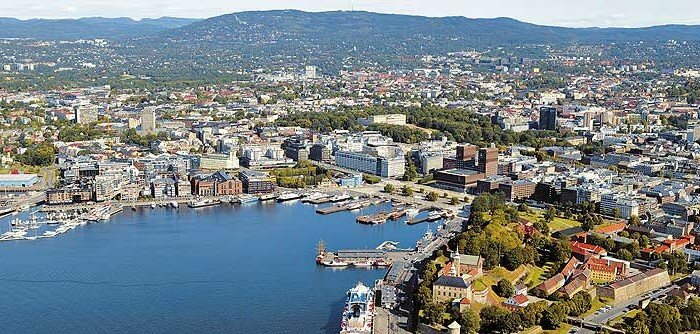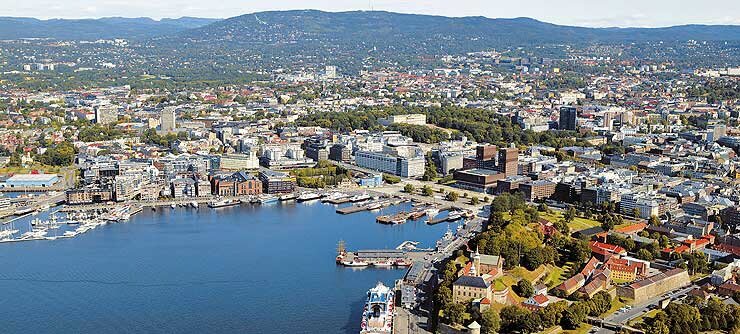
Overview of Oslo

Oslo, the capital and most populous city of Norway was founded around 1000 AD and established as a municipality in 1838. This city is considered the banking, shipping and trading hub for many countries outside Norway. It is home to many maritime trade centers, companies in the shipping sector, insurance brokers associated with maritime and shipbrokers in general. The independent industries that have been in this city for years have reputations that equal to those of the nationally and internationally recognized companies. Most of these businesses are the equivalent of the stellar industries across the world and each one of them specialize in their own trade. From shipment to tourism, they have the needed expertise in their niches or areas and provide top-notch services to their clients. Furthermore, Oslo is a global city that is known as Beta World City according to Globalization and World Cities Study Group and Network.
, as of 2010, is around 1.5 million out of which 900,000 people live in the suburban areas that were extended from the main city. The city has recently seen a surge in its population, the majority of which is due to insurgence from neighboring cities, immigration and high birth rates. In fact, the quality of living in Oslo is high compared to many other larger European cities, so is the cost of living. This city consists of a number of tight-knit communities in spite of its popularity as a governmental and economic center of the nation. All these can be contributed to the high quality of life and overall economic stability. For these reasons, Oslo is considered to be the fastest growing city in the European continent.
Oslo is a part of the land that is to the north of Oslofjord. The fjord forms the southern region seperated by Nesodden peninsula. The city is surrounded by mountains and green hills, and the main city itself has around 40 islands to add to the scenic beauty. The largest of these islands is known as Malmoya. Oslo attracts tourists from all over the world to offer an incredible opportunity to view the Northeren lights, mountains and its 343 lakes spread across the hills. The lakes are the main source of drinking water in and around Oslo. An interesting fact about the rivers is that none of them join the ocean. Instead, the water is preserved and served as the source for drinking and power generation to the existing population. The lakes and rivers are the symbols of the stable economy of Oslo and the neighboring areas.
Oslo’s culture and monumental architecture are as diverse as its natural resources. The city has gone through a number of renovation and redevelopment work after the municipality turned it into a modern city. Oslo is certainly one of the most enigmatic places around the world and there are many interesting places and monuments to visit that forms a substantial portion of the city’s budget – Oslo Opera House, Deichman Library, Oslo Katedralskole and Postgirobygget. One can find a wide range of access points here, including a full-fledged metro system that connects the commercial part with the more serene residential one.